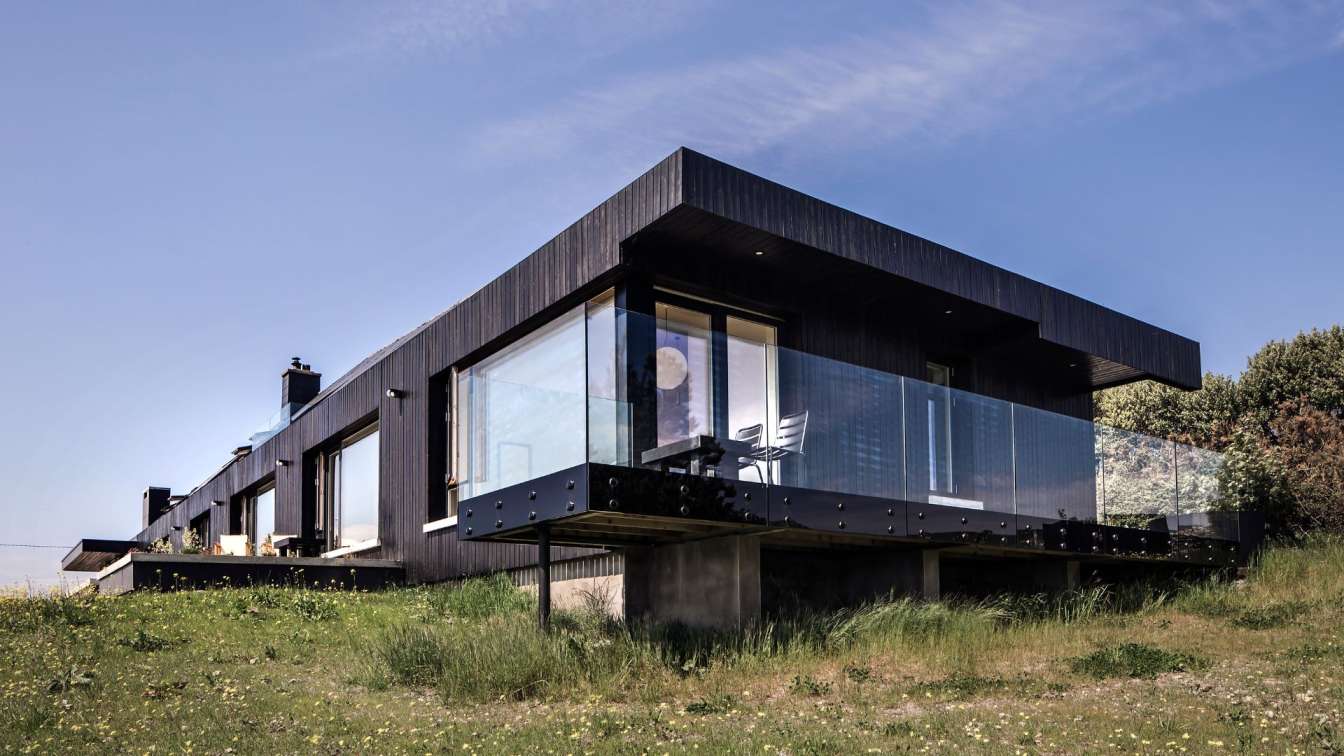Introduction
Venturing into video games is akin to stepping into vast, uncharted worlds, where the landscapes and structures defy our wildest architectural dreams. As someone deeply entrenched in the realms of gaming and architectural design, I've journeyed through myriad digital domains, standing in awe of the virtual constructions that pepper these fantastical landscapes. This article aims to guide you through the top 5 video games that are celebrated not just for their gameplay but for their awe-inspiring architectural wonders. These games blend the boundaries of reality and fiction, showcasing edifices that beg to be explored beyond the screen.
1. The Legend of Zelda: Breath of the Wild
Hylian Architecture: A Tapestry of Fantasy and Reality
The Legend of Zelda: Breath of the Wild is a masterpiece that presents a post-apocalyptic world brimming with remnants of the once-great Hylian civilization. The game's architecture is a harmonious blend of ancient mysticism and natural beauty, encapsulating the essence of its narrative through its structures.
Ancient Shrines: Dotting the landscape, these shrines are not just puzzle chambers but are intricately designed, inspired by Japanese pagodas, with their ornate facades and spiritual ambiance, serving as beacons of ancient wisdom scattered across Hyrule.
Hyrule Castle: This central structure is a sprawling, fortified complex, combining medieval, Gothic, and fantasy architectural elements. Its towering spires and crumbling walls tell the tale of a kingdom long besieged by dark forces, standing as a testament to Hyrule's glorious past and tumultuous present.
Kakariko Village: Nestled in the mountains, this village exemplifies traditional Japanese architecture with its wooden structures, paper lanterns, and steeply pitched roofs, offering a glimpse into the daily lives of Hyrule's inhabitants.
Expert's Insight: Breath of the Wild’s architecture serves as a narrative tool, guiding players through Hyrule’s history, culture, and mythology. It invites players to explore every nook and cranny, revealing the depth of its world-building through architectural splendor.
2. Assassin's Creed Series
Historical Precision Meets Aesthetic Splendor
The Assassin's Creed series is renowned for its painstakingly accurate recreation of historical settings, intertwined with a rich narrative that traverses centuries. Each installment offers a window into the architectural styles of the era it depicts, making it a virtual time machine for history and architecture buffs.
Renaissance Italy (Assassin's Creed II): This installment is a love letter to the architectural grandeur of Renaissance Italy, featuring meticulously recreated landmarks such as Florence's Duomo and Venice's Rialto Bridge. The game's cities are bustling with life, their streets and buildings reflecting the period's artistic and architectural reawakening.
Ancient Egypt (Assassin's Creed Origins): Origins transports players to the sands of Ancient Egypt, where the majesty of the pyramids and the mystique of the temples of Luxor are brought to life with stunning accuracy. The game's depiction of ancient architectural wonders is not only visually stunning but also rich in historical context.
Classical Greece (Assassin's Creed Odyssey): Odyssey’s rendition of Classical Greece is breathtaking, with the Parthenon standing proudly on the Athenian Acropolis, and the island of Delos showcasing intricate sculptures and temples. The architectural details in this game are a testament to the Greeks' engineering prowess and aesthetic sensibilities.
Expert's Insight: Assassin's Creed’s dedication to historical authenticity provides a unique educational experience, allowing players to explore and interact with past civilizations and their architectural legacies.
3. Dishonored Series
A Dark Canvas of Steampunk and Neo-Victorian Ingenuity
The Dishonored series is set in a world where steampunk technology and neo-Victorian architecture converge to create a dystopian yet aesthetically fascinating universe. The cities of Dunwall and Karnaca are characterized by their stark contrast between the opulence of the aristocracy and the grim realities of the streets.
Dunwall: The capital city, with its foggy docks, sprawling industrial zones, and grandiose government buildings, showcases the dark side of industrial revolution-inspired architecture. The use of wrought iron, brick, and steam-powered machinery creates a unique backdrop for the game's narrative.
Karnaca: A sunnier locale that introduces a Mediterranean flair to the series, Karnaca is a city of windmills, cliffside villas, and bustling markets. Its architecture is a mix of colonial and local styles, reflecting its position as a cultural and trade hub in the game's world.
Expert's Insight: The architectural design in the Dishonored series is not just a backdrop but a character in its own right. It plays a crucial role in storytelling, setting the tone for the game's themes of power, corruption, and redemption.
4. Final Fantasy XV
A Global Tapestry of Architectural Wonders
Final Fantasy XV offers a unique blend of modernity and fantasy, presenting a world where architectural marvels echo the game's thematic diversity. From the cosmopolitan Insomnia to the picturesque Altissia, each location is a testament to Square Enix's imaginative prowess.
Insomnia: The game's opening city, a sprawling metropolis with towering skyscrapers, neon lights, and bustling streets, combines futuristic designs with elements reminiscent of Tokyo and New York, symbolizing the game's blend of fantasy and reality.
Altissia: Modeled after Venice, Altissia is a city of waterways, grand plazas, and baroque architecture. Its design emphasizes beauty and romance, serving as a stark contrast to the game's darker themes.
Expert's Insight: Final Fantasy XV's architectural diversity enriches its storytelling, offering players a world that is as vast in its design inspirations as it is in its narrative scope.
5. World of Warcraft
A Realm of Mythical Splendor and Diverse Cultures
World of Warcraft stands as a monumental achievement in the realm of MMORPGs, offering players an expansive universe filled with rich lore, diverse cultures, and architectural wonders that span across continents and realms. From the mystical elven cities of Silvermoon and Darnassus, which blend natural elements with elegant structures, to the imposing, rugged fortresses of Orgrimmar and Stormwind, the game presents an unparalleled variety of architectural styles. Each race's capital city reflects its cultural heritage and aesthetic values, creating a vivid, immersive world that has captivated players for decades.
Silvermoon City: Embodies the high elves' affinity for magic and elegance, with its soaring spires, ornate domes, and magical constructs, offering a glimpse into a society where architecture and arcane arts intertwine.
Stormwind City: Represents the human spirit through its medieval-inspired castles and cathedrals, showcasing the resilience and engineering prowess of its people.
Expert's Insight: World of Warcraft's architectural diversity is a testament to Blizzard Entertainment's dedication to world-building. Each structure, city, and environment tells a story, contributing to the game's deep lore and providing a backdrop for countless adventures. For players looking to delve deeper into the secrets of Azeroth's architecture, services like Askboosters offer guided tours and insights, enhancing the exploration experience and uncovering the stories behind these magnificent constructions.
Summary
The architecture in these games transcends mere background scenery, enriching each game's narrative, enhancing gameplay, and captivating the imagination. From the serene shrines of The Legend of Zelda: Breath of the Wild to the historical recreations in Assassin's Creed, and the fantastical cities of Final Fantasy XV, these games demonstrate the pivotal role of architecture in crafting immersive, memorable experiences. They invite us to explore, to dream, and to marvel at the possibilities of what could be, if only in digital form.





